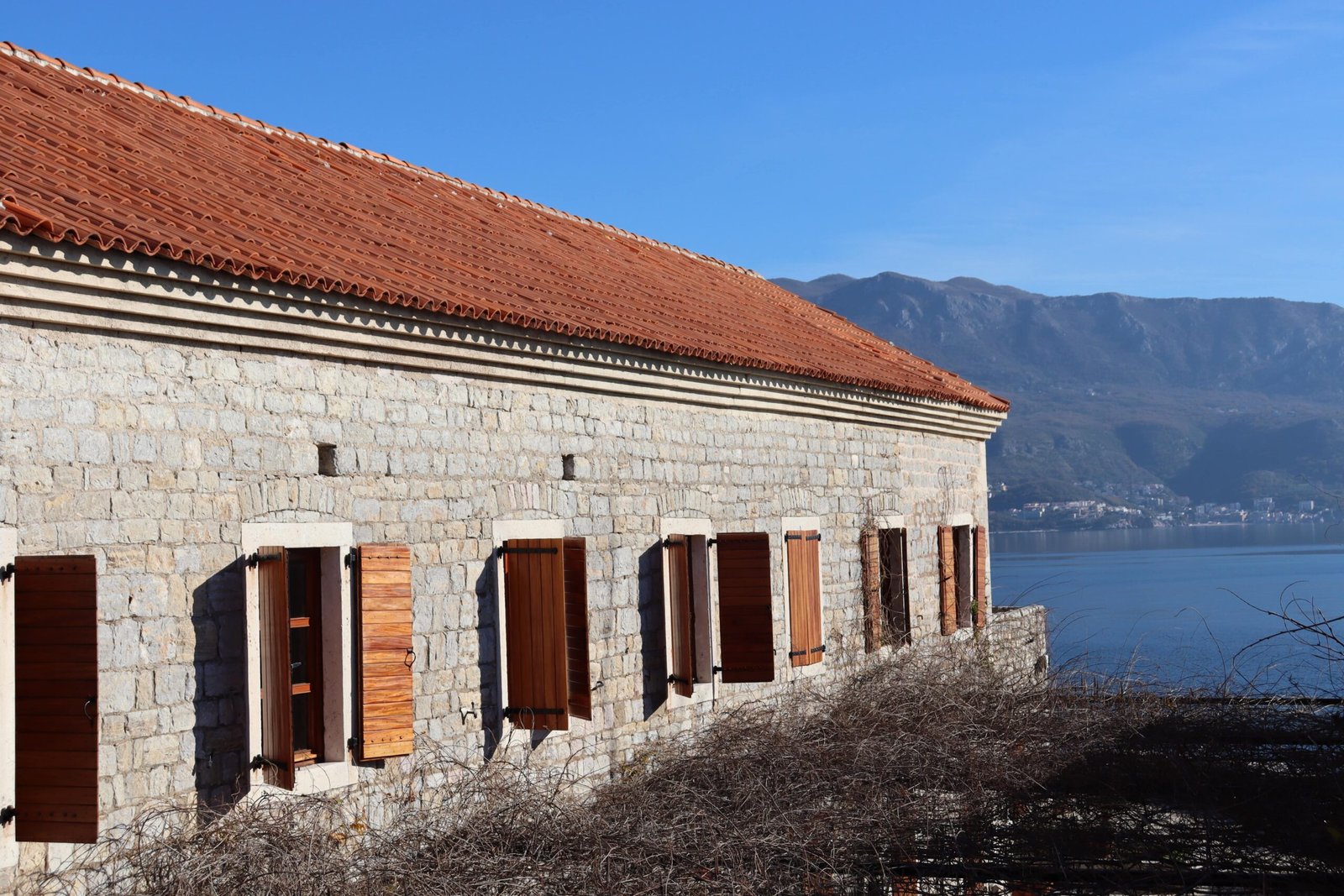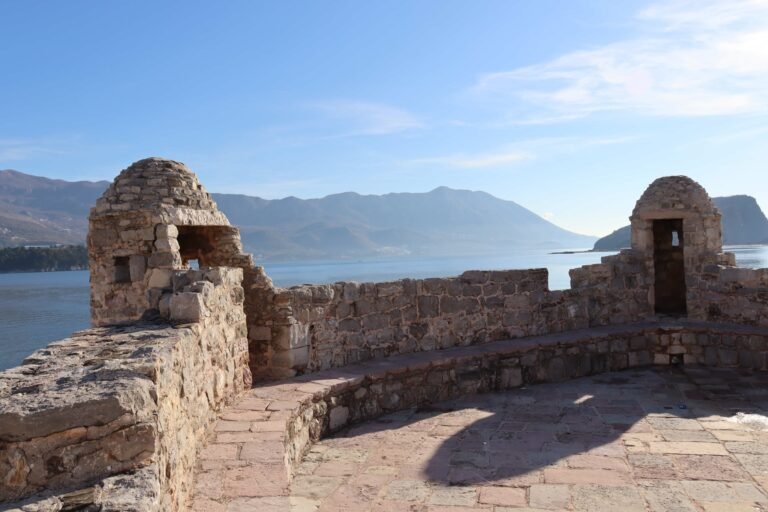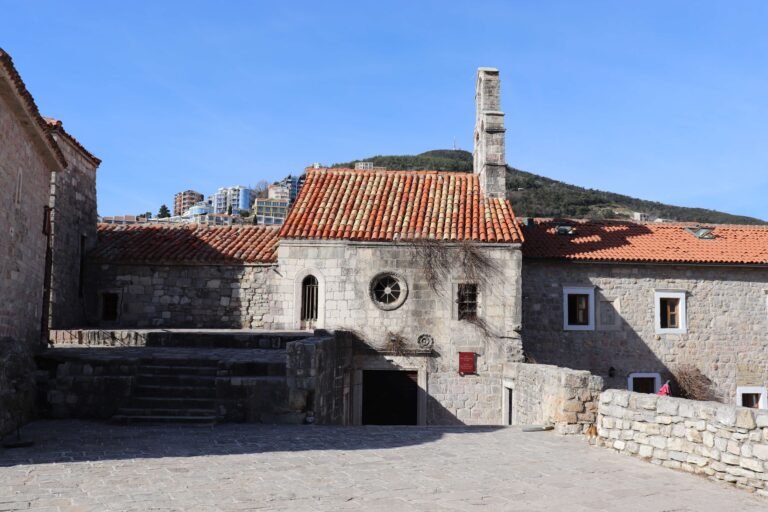Arhitektonska djelatnost austrougarske fortifikacije je prije svega imala za cilj preuređenje prostora za ratne i vojne potrebe. Karakteristike ovog tipa gradnje odlikuju se debelim zidovima od pritesanog kamena strogih i pravougaonih arhitektonskih formi. Unutrašnjost kasarne bila je organizovana na tri nivoa, na kojima su se nalazile prostorije sa različitim sadržajima za vojne potrebe. Ulaz u kasarnu je bio sa sjeverne strane preko pokretnog mosta i stepenišne konstrukcije koja je u skorije vrijeme devastirana.
Austro-Hungarian Quarter, 19th century
The architectural function of the Austro-Hungarian town was primarily aimed at reorganizing the space for military needs. This type of building is characterized by thick walls made of pressed stone with strict and rectangular architectural forms. The interior of the quarter was organized on three levels, which had rooms with various contents for military needs. The entrance to the barracks was on the north side via the drawbridge and the staircase, which was recently devastated.





